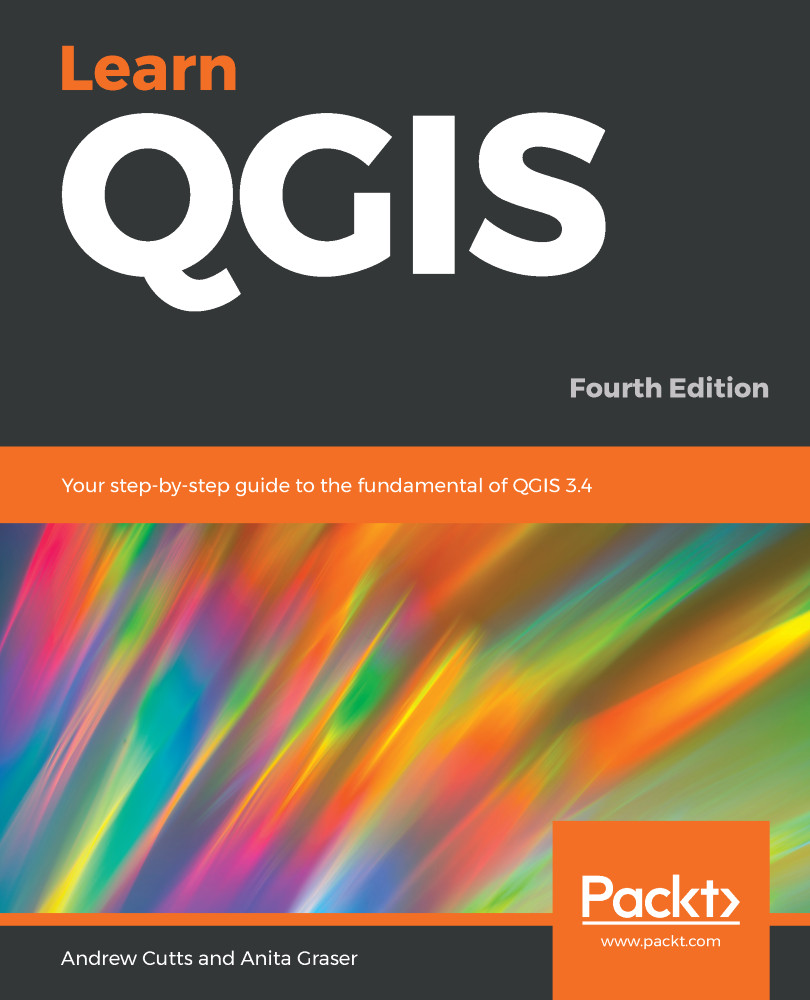If you need to add custom functionality to QGIS, then actions are the simplest way of achieving this. The different types of actions are listed as follows:
- Generic actions: These start external processes. For example, you can run command-line applications such as ogr2ogr.
- Python actions: These execute Python scripts.
- Open actions: These open a file using your computer's configured default application; for example, your PDF viewing application for .pdf files or your browser for websites.
- Operating system actions: These work like generic actions, but are restricted to the respective operating system you are running.


